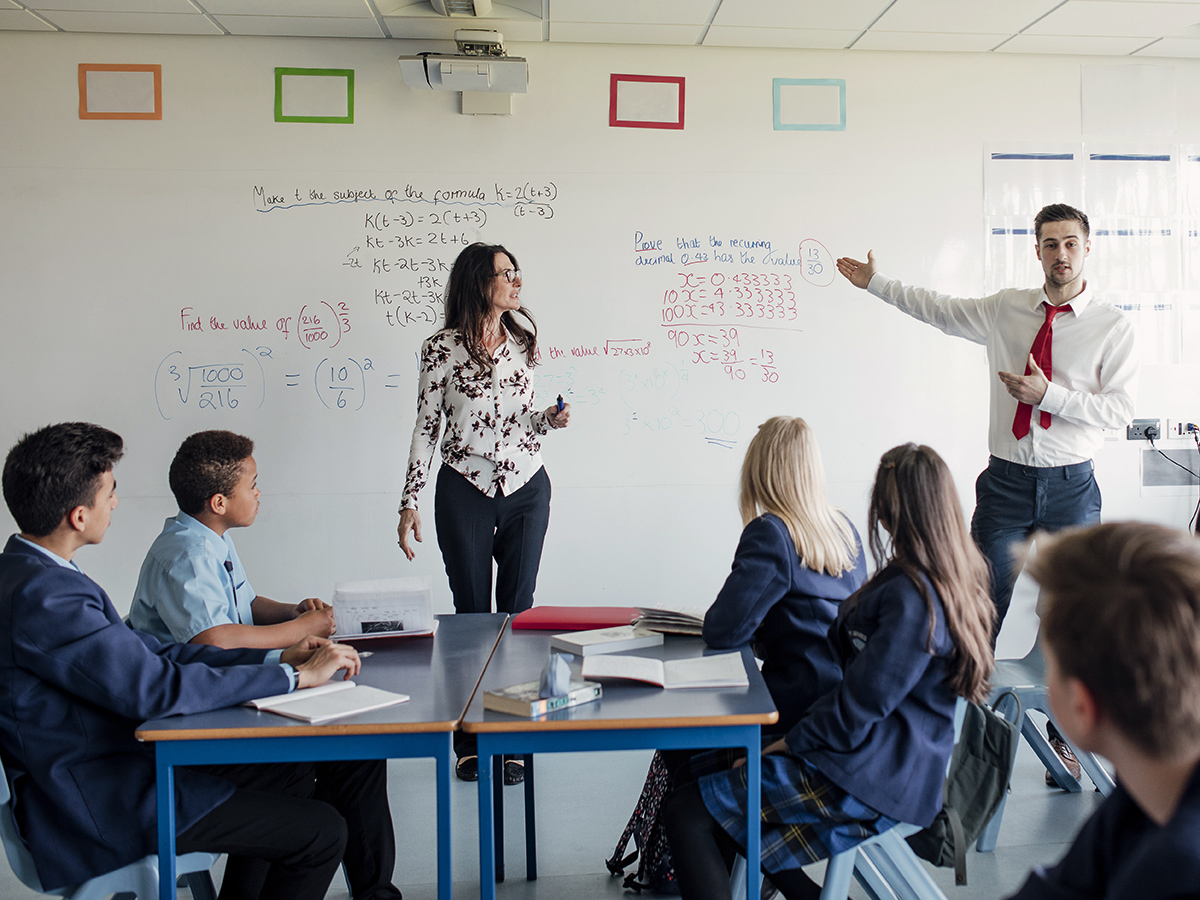Comprehensive Primary Science Tuition Singapore for Primary School Students
Wiki Article
Checking Out the Different Mentor Techniques in Primary Science Education Today
The landscape of key science education is evolving, with different teaching methods gaining importance in contemporary class. Inquiry-based knowing, hands-on experiments, and the assimilation of modern technology are redefining how teachers engage young minds. In addition, collective strategies and separated guideline are being used to accommodate the varied requirements of trainees, improving both engagement and understanding. As we take a look at these techniques, concerns arise concerning their effectiveness and the effects for future instructional techniques. What might these shifts in strategy mean for the next generation of students?Inquiry-Based Knowing
Inquiry-Based Knowing (IBL) is a pedagogical strategy that encourages pupils to explore clinical principles through wondering about, examination, and hands-on trial and error. This approach stresses the duty of pupils as active participants in their understanding, advertising important reasoning and analytical skills. By involving with real-world concerns, students come to be motivated and interested, which boosts their understanding of scientific principles.In IBL, teachers serve as facilitators, guiding students as they navigate their inquiries instead of supplying information straight. This student-centered approach permits differentiation, suiting various learning designs and speeds. Students create skills in formulating hypotheses, creating experiments, and examining data, which are vital for clinical proficiency.
In addition, IBL cultivates cooperation amongst trainees, motivating them to share ideas and searchings for. This cumulative questions advertises social abilities and a feeling of area within the class. The process of query urges durability, as trainees find out to embrace failing as a tipping stone towards understanding.
Hands-On Experiments
Hands-on experiments are a vital part of efficient scientific research education and learning, matching the principles of inquiry-based understanding. These experiments allow pupils to engage directly with scientific concepts, cultivating a much deeper understanding via experiential understanding. By controling products and observing end results, young learners can understand abstract theories in concrete methods.Such tasks advertise critical thinking and problem-solving skills, as students assume end results, conduct experiments, and evaluate outcomes. This procedure motivates them to ask inquiries, refine their understanding, and develop a clinical state of mind. Hands-on experiments can be tailored to varied knowing designs, making certain that all students have the opportunity to engage meaningfully with the material.
In addition, hands-on experiments usually motivate cooperation among peers, promoting team effort and communication skills. Operating in teams makes it possible for pupils to share concepts, discuss findings, and gain from one an additional, which improves their total educational experience.
Integrating hands-on experiments right into the primary science educational program not just improves the learning setting however likewise grows a long-lasting interest in science. By proactively taking part in their education, trainees are most likely to develop an enthusiasm for clinical query that expands past the classroom.

Innovation Assimilation
Incorporating modern technology right into key science education has actually ended up being progressively important in promoting trainee interaction and boosting learning end results. Using electronic devices, such as interactive simulations, online labs, and educational software, gives students with possibilities to discover scientific concepts in cutting-edge means. These resources assist in a deeper understanding of intricate subjects by enabling students to envision and manipulate variables that would certainly be impractical in a conventional classroom setting.Furthermore, technology combination urges individualized discovering experiences. Students can progress at their own pace, revisiting tough ideas through multimedia resources, which accommodate various learning styles. This adaptability not only sustains private development yet also cultivates a sense of freedom in learners.
Additionally, innovation functions as a bridge to real-world science, connecting pupils with present research and expert contributions. Access to clinical journals and on-line databases expands pupils' point of views on scientific questions and promotes important thinking skills.
Collaborative Learning
Collaborative learning plays an important function in primary scientific research education by fostering team effort and interaction skills among trainees. This method motivates students to collaborate, share knowledge, and participate in problem-solving, which improves their understanding of scientific principles. By joining group activities, trainees find out to articulate their ideas, listen to diverse viewpoints, and work out services, every one of which are necessary abilities in both scholastic and real-world contexts.
Research shows that joint understanding can cause boosted motivation and engagement in science topics, as students locate satisfaction in common experiences (primary science tuition Singapore). In addition, this strategy prepares trainees for future collective endeavors, equipping them with the abilities necessary for effective team effort in college and expert settings. Eventually, embracing collective discovering in key scientific research education and learning can substantially enrich the discovering experience and promote a deeper understanding of scientific inquiry
Set Apart Instruction

Differentiated instruction can manifest in various ways, such as varying the web content, procedures, or items of discovering. Teachers may use tiered tasks that give differing degrees of complexity, enabling students to function at their particular preparedness degrees. Furthermore, versatile grouping approaches can assist in partnership among pupils with different abilities, promoting peer understanding.
Assessment plays a critical duty in this method, as it notifies guideline and assists teachers understand each pupil's one-of-a-kind requirements. Formative evaluations, such as quizzes and monitorings, can assist instructors in changing their methods to enhance learning results. primary science tuition Singapore. Eventually, by executing separated direction in primary science education and learning, instructors can grow a much more equitable and reliable learning environment, equipping all pupils to reach their complete potential in understanding clinical phenomena
Verdict
In summary, the varied training methods in key science education and learning, consisting of inquiry-based understanding, hands-on experiments, innovation combination, joint understanding, and set apart instruction, jointly add to a much more efficient learning environment. These approaches promote essential thinking, analytical skills, and a much deeper comprehension of scientific principles. By implementing these approaches, instructors can develop appealing and helpful class that attend to the diverse needs of students, inevitably promoting a lifelong rate of interest in scientific research and enhancing academic accomplishment.Inquiry-Based Understanding (IBL) is a pedagogical method that encourages pupils to discover scientific ideas with wondering about, examination, and hands-on testing.Collective understanding plays an important function in key science try these out education by cultivating team effort and communication abilities among trainees.Research study indicates that collaborative learning can lead to increased motivation and engagement in scientific research topics, as students discover satisfaction in common experiences.In fostering a comprehensive understanding setting, differentiated instruction Check This Out emerges as an essential strategy to fit the varied requirements and abilities of trainees in primary science education. Eventually, by implementing separated direction in main scientific research education and learning, teachers can grow an extra fair and reliable understanding environment, encouraging all pupils to reach their complete capacity in comprehending scientific sensations.
Report this wiki page